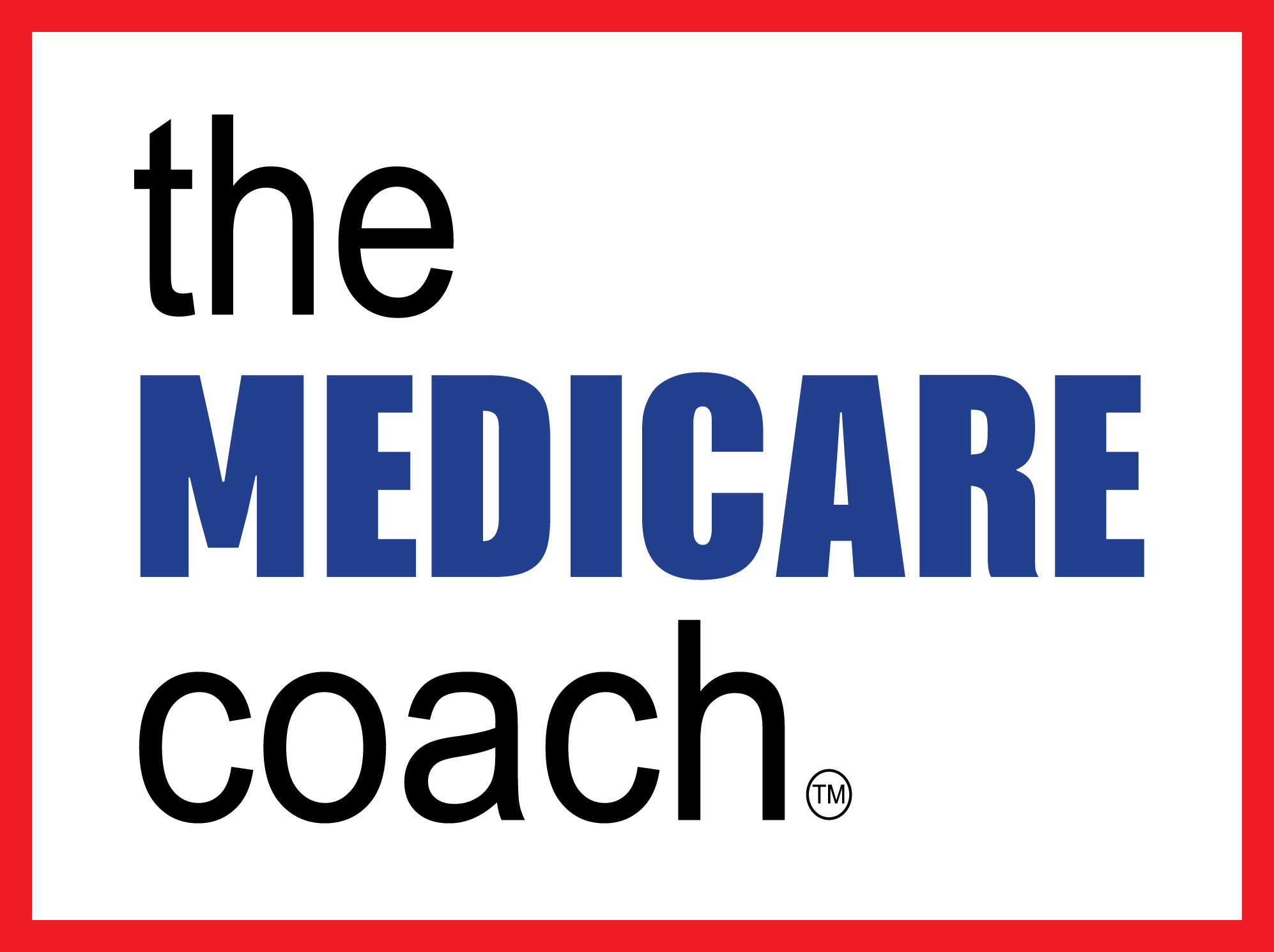Eligible Medicare beneficiaries continue to be confused on the differences between the Federal (Original) Medicare and the (Private) Medicare Advantage programs. The programs differ in these three basic ways: Delivery, Ideology and Equity.
Let’s begin with delivery. Original Medicare was designed to deliver coverage for all beneficiaries nationwide who could receive their care by all physicians and hospitals who accept Medicare.
Medicare Advantage was approved by Congress in 2003 but private insurers primarily use limited provider networks to contract the most favorable rates leaving out many rural areas in the country.
Original Medicare combines the Federal red, white and blue Medicare card for doctors and hospitals along with private supplemental insurance to pay the 20 percent Medicare does not pay. The beneficiary then buys a standalone prescription plan from a private insurer.
Enrollees in a private Medicare Advantage plan must enroll in Medicare A (Hospital) and B (Doctors) but provide their beneficiaries with one private company insurance card. In most cases the one card is used for all care providers including prescriptions. No supplement insurance may be purchased.
Ideology favoring market solutions for health care financing is driving the Medicare Advantage program by enough members of Congress who approve excess tax payer funding to help the private market attract new members with extra benefits like dental, vision and hearing even though the administrative costs are much higher than Original Medicare.
Now more than 30 percent of Medicare beneficiaries are enrolled in Medicare Advantage and the goal by insurance companies is to increase this number to 50 percent over the next ten years.
But what about equity for the 70 percent of Medicare beneficiaries who don’t get the extras that the Federal government is paying for? Let’s just review quickly what accounts for the positives and negatives of each program before you make your decision.
Original Medicare |
| You are required to enroll and pay for Medicare Part A and B |
| Plan is stable from year to year |
| Plan is accepted by nearly all doctors and health care facilities in the US |
| No need for referrals or prior authorization |
| Maximum out of pocket with supplement plan (none with C-F) |
| Coinsurance where Medicare pay 80% of expense and you (or your supplement plan) pays the other 20% |
| Radiation therapy follows 80/20 rule. No out of pocket with supplemental plans |
| Chemotherapy follows 80/20 rule. No out of pocket with supplemental plans |
| Includes medically necessary vision only (i.e. Cataract treatment) |
| Requires a 3 night hospital stay to receive skilled care. |
| Standard Affordable Care Act Preventative Services |
| Because you buy a separate prescription plan, you have the option to change prescrription plan every year to get best price |
| The federal government manages and regulates |
Medicare Advantage |
| You are required to enroll and pay for Medicare Part A and B |
| Providers can join or leave a plan’s provider network anytime during the year. Your plan can also change the providers in the network anytime during the year. |
| Plans accepted only at in network doctors and hospitals. (Acts like HMO, PPO, or PFFS) |
| Plans require prior approval |
| Out of pcoket up to $6,700 |
| Co-pays for your treatment where rates vary by plan |
| Radiation therapy you pay 20% |
| ChemotherapyYou pay 20% |
| Includes vision, dental, and hearing. And many times gym memberships |
| Not requiring a three night stay in the hospital to receive skilled care |
| Standard Affordable Care Act Preventative Services |
| Most come with a set prescriptin plan and no room to change based on your medications |
| Private health insurance companies sell Medicare Advantage plans. The federal government regulates them. |
The primary benefit differences are minimal except for the extras like vision, dental and hearing benefits included in many Advantage plans. Not requiring a three night stay in the hospital to receive skilled care is also a positive. Original Medicare requires a 3 night hospital stay to receive skilled care.
It still boils down to your personal preference. If you want to choose your own doctor and specialists and use your plan anywhere in the US where Medicare is accepted, then Original Medicare is for you.
If you live in a large metro area or state where Medicare Advantage is accepted by a wide range of specialists, doctors and quality care hospitals, then Advantage could be best. Just be sure to get all the facts before you make that decision.


